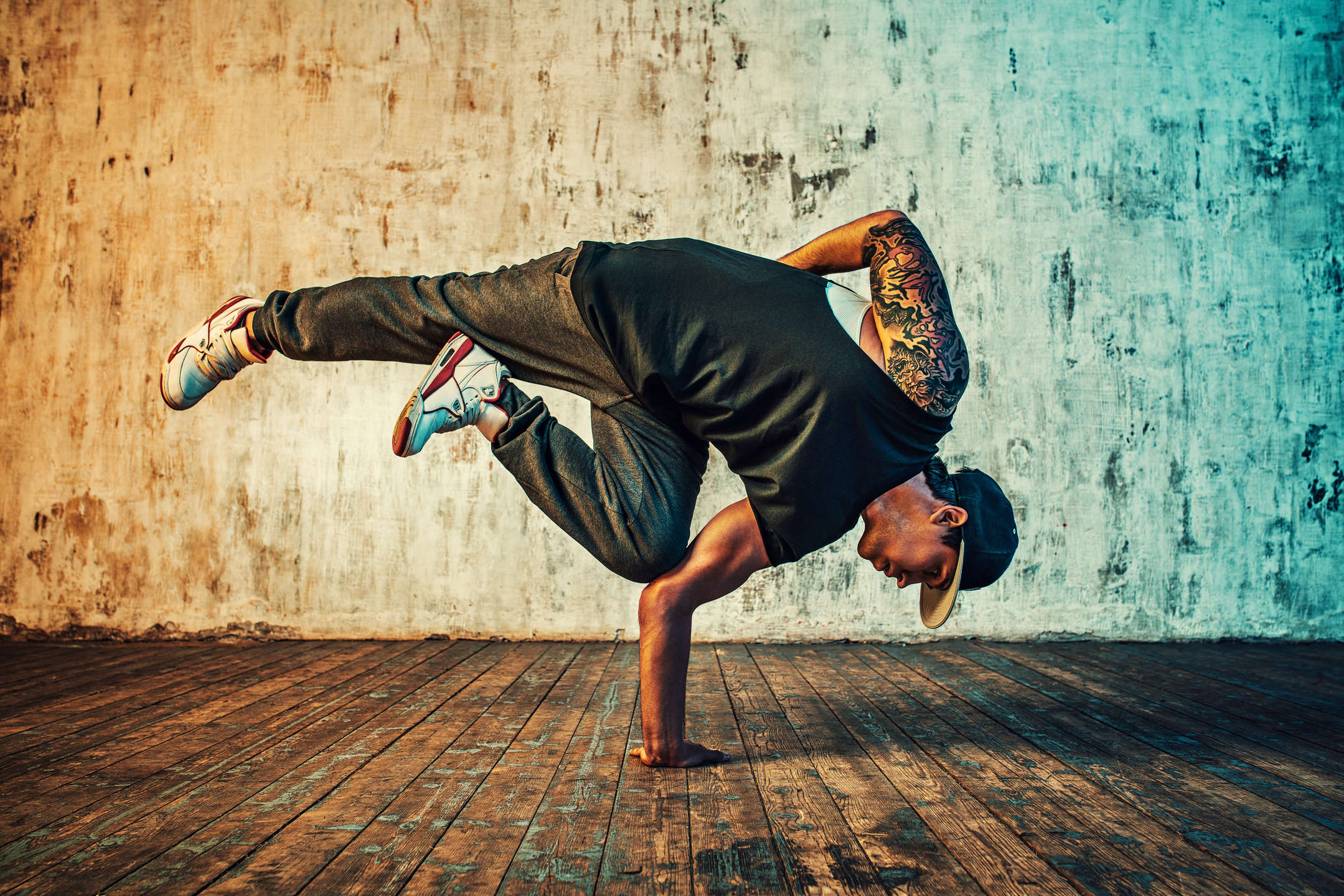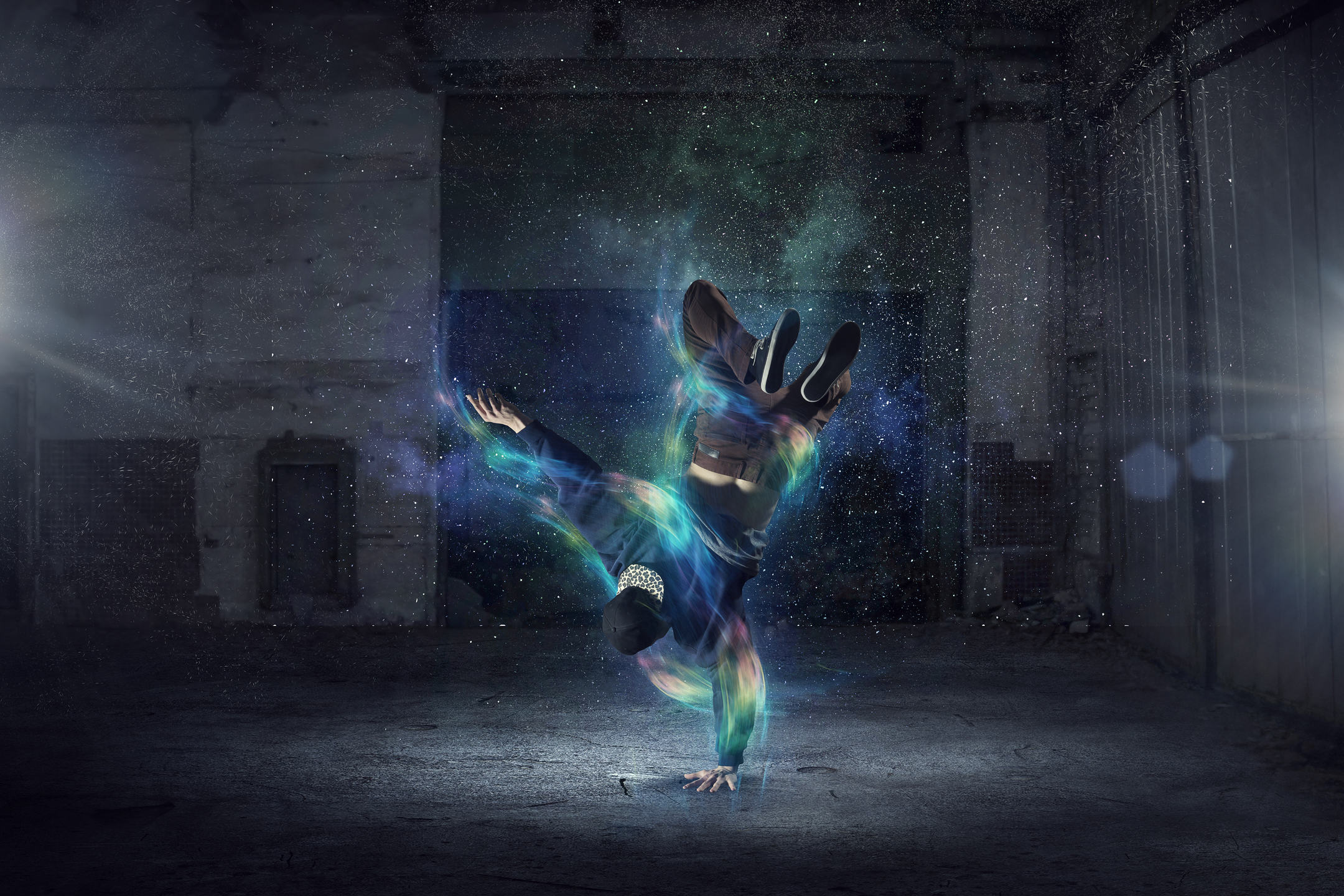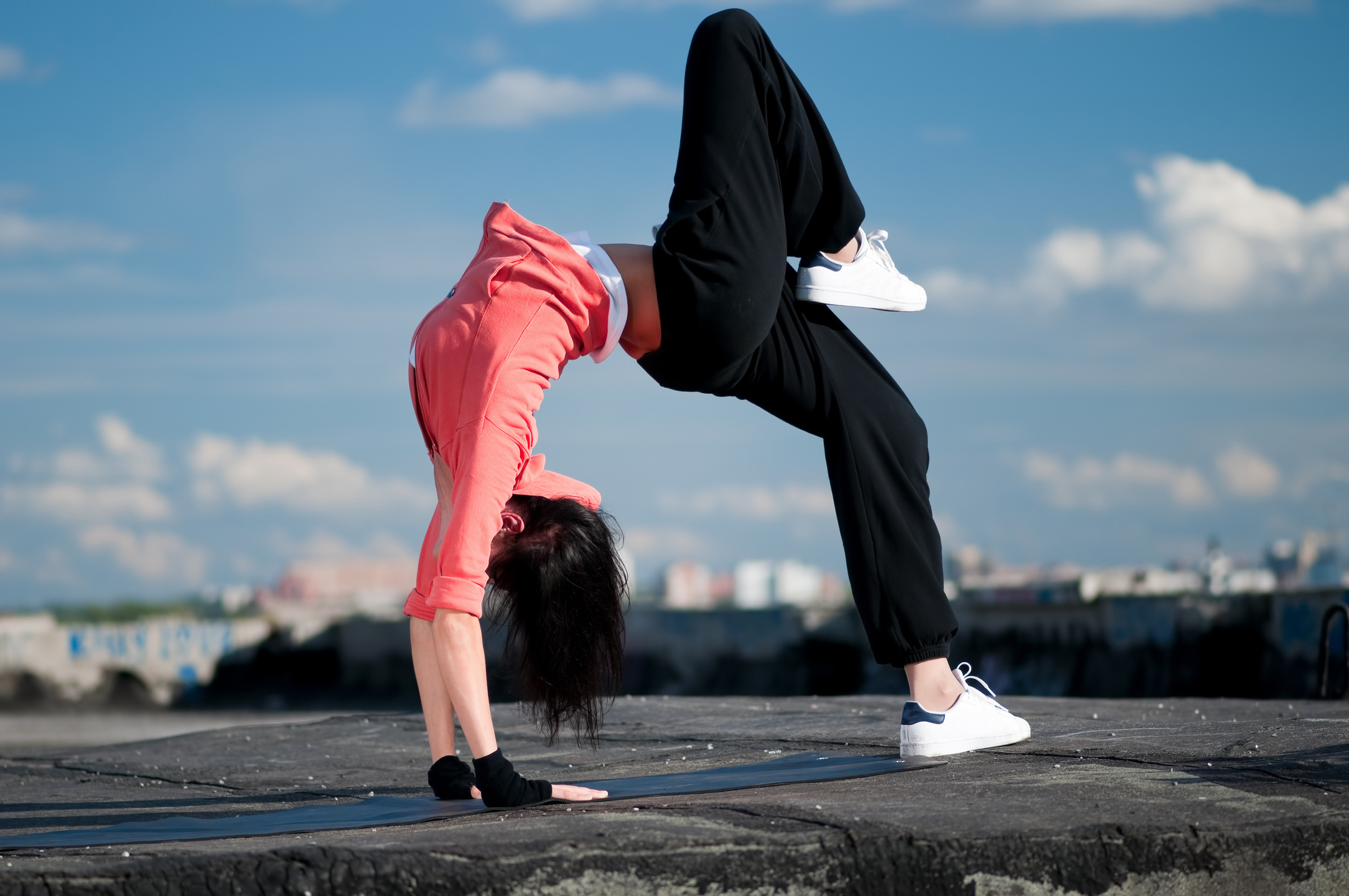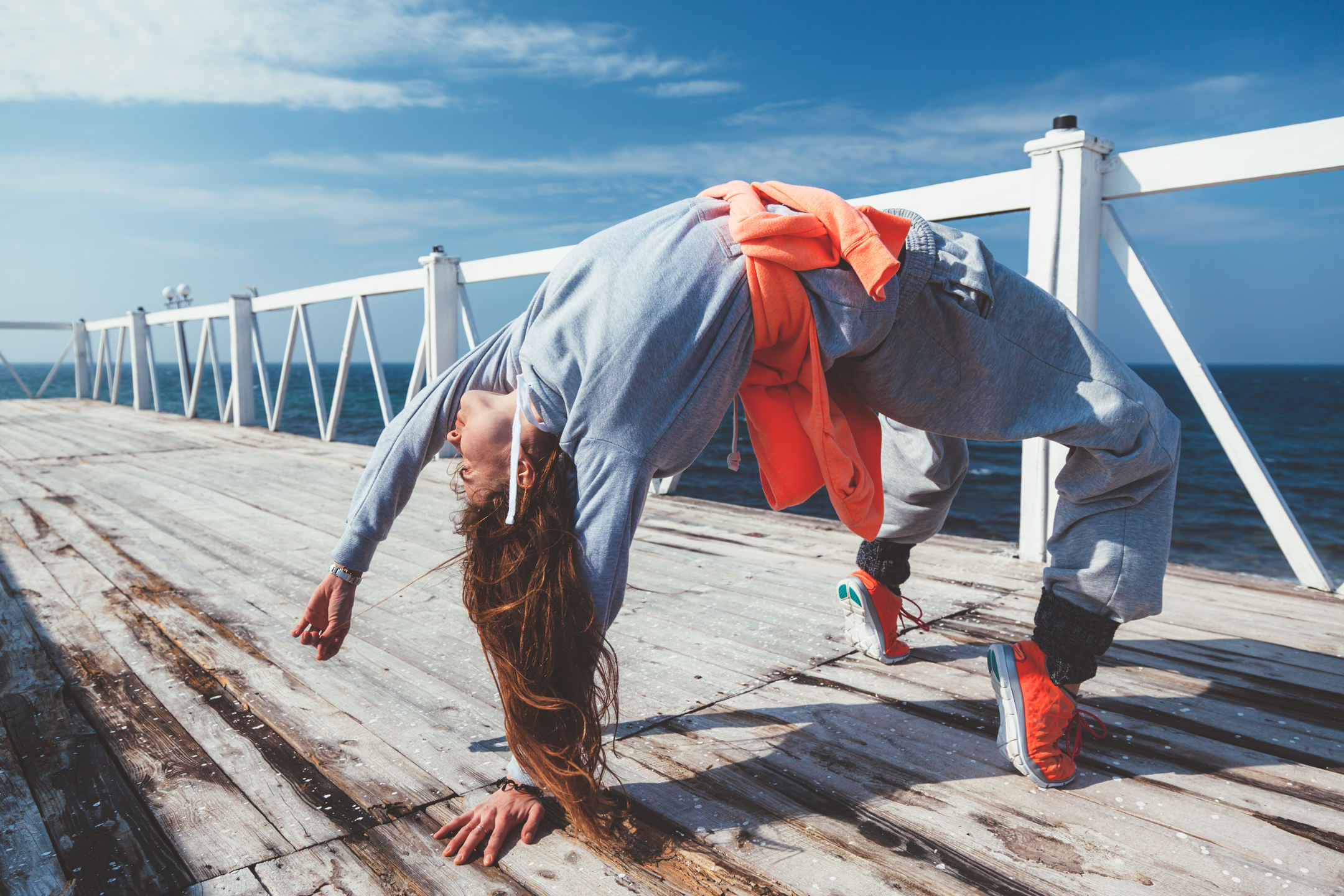Urban dance is not Hip Hop but it did evolve from it.
Several grooves and moves that you see in urban dance form have been inspired by Hip Hop and street dance.
Install MyStart Theme for Google Chrome
During the last two decades, urban dance has developed its own identity across the world, and today, it is one of the most talked-about dance forms.
It’s a dance form that revolves around choreographed performances by a lone dancer or a group of dancers. Each part of this dance is influenced by a number of different dance styles. The reflection of the dance styles that you’ll see in an urban dance performance varies with the beat of the music and how the choreographer interprets it.
The energy and vibe of urban dance stand unmatched. One can’t help but feel themselves moving with the beat along with the urban dancers. That’s how catchy and attractive it is!
If you love the energy of the urban dance form, you’ve come to the right place. We’ve discussed all the dance forms that fall under the umbrella of urban dance. Let’s get moving!

Breaking
One of the most popular urban dance styles is the breaking, more commonly known as breakdance. It was created by the Afro-American and Latin youngsters in the Bronx and Brooklyn during the 1970s. A B-Boy/ B-Girl or a breaker is a person who performs this dance form to the beat. Breaking is characterized by the sharp jerks of the body, in particular the shoulders, back, and hands.
There are different body levels in this dance. Uprock or top rock is when the dancer is standing up. The dancer then transitions to floorwork, which is known as the down rock. Floorwork is when the dancer is on the floor with both their hands and feet on the ground. You’ll often see numerous ‘freezes’ during the performance, where the dancer holds a particular pose.
Breaking is a highly energetic dance form. It is quite difficult to be able to transition from one body level to the other seamlessly, all the while giving just the right jerks with the beat.

Clowning and Krumping
Clowning is a dance form created by Tommy, the Clown. It was created as a source of entertainment for children at parties. Clowning evolved into Krumping. Krumping is a lot more raw and full of passion as compared to Clowning. It is characterized by aggressive and fast movements of the body. For many, it is an excellent form of dance to release frustration and anger in a positive way. We can’t deny the fact that dance is a form of expression, and Krumping can be used as an expression of anger without actually being angry!
Locking
Locking is another dance form that comes under the shadow of urban dance style. It is characterized by short and sharp movements with pauses or locks. Hence the name, locking. Locking is synchronized to match the beat of funk music. Locking was created and introduced to the public by Don Cambell. You’ll be amazed to see how the body of the dancer actually appears locked during the performance. It sure is something to behold!
Popping
The popping dance style involves the rapid contraction and relaxation of the muscles. It is the contraction and release of muscles that makes it appear as though the muscles in your body are “popping.” Each muscle movement is well synchronized to match the beat.
Popping further includes Strobing, Tutting, Ticking, Dime-Stopping, Roboting, and Electric Boogaloo, which are all distinct dance style dance styles based on the technique of popping.

Vogue
Another popular dance form that comes under the wings of urban dance is Vogue. It was initially created in New York in gay nightclubs in the 1970s. A Vogue dancer creates 2D (two dimensional) images in a 3D (three dimensional) space. It has been inspired by Egyptian hieroglyphs and fashion photography. It became a mainstream dance style when the famous Madonna released her single by the name of Vogue in 1990. Ever since, the world acknowledges, appreciates, and performs Vogue.
Waacking
You may often have heard the name of Waacking springing up in dance-related conversations. Waacking is another urban dance style that was created in the 1970s in the nightclubs of Los Angeles. It involves the movements of hands and arms and is more than often performed on disco music.

Who knew there was so much depth to urban dance form? Urban dance encompasses several other dance styles as well; some are more widely known to the public while others aren’t. While urban dance may sound ‘boring’ to someone who doesn’t know about it, people who do know this dance form will start lockin’ and poppin’ the moment you turn the music on! Would you dare to try some locks and freezes?
Install MyStart Theme for Google Chrome










